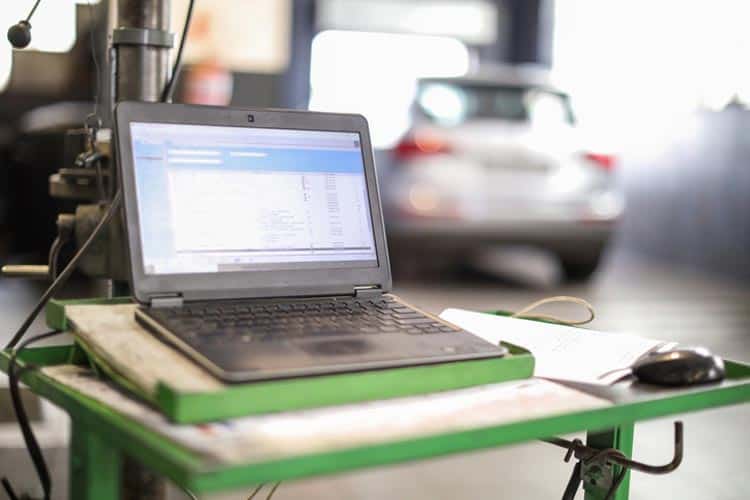Introducing our Dynamometer Engine Safe Work Method Statement (SWMS) – the ultimate solution for mitigating risks and ensuring safe operations on your project site. Here are some key features that make our SWMS stand out:
Pre-filled and Comprehensive: Our SWMS comes pre-filled with all the necessary details, ensuring that you have a comprehensive plan in place to work with dynamometer engines.
Fully Editable and Customisable: Our SWMS is available in Microsoft Word format, making it easy for you to customise and edit as per your project requirements.
Includes Scope and Project Details: Our SWMS includes the scope of your project and all the necessary project details, ensuring that everyone involved is aware of what needs to be done.
Checklist of High-Risk Machinery: Our SWMS includes a checklist of any high-risk machinery on site, making sure that all equipment is safe to operate.
Record Staff Training: Our SWMS includes space for recording any staff training, ensuring that all workers are fully trained and equipped to work with dynamometer engines.
Before and After Risk Ratings: Our SWMS includes before and after risk ratings, allowing you to assess the effectiveness of your risk mitigation plan.
Legislative References: Our SWMS includes resources for use of legislative references, ensuring that you comply with all relevant laws and regulations.
PPE Requirements: Our SWMS includes all the necessary Personal Protective Equipment (PPE) required for working with dynamometer engines, making sure that everyone is safe on the job.
Risk Assessment and Matrix: Our SWMS includes a risk assessment and risk assessment matrix, allowing you to identify, assess, and manage potential risks on your project site.
Checklist for SWMS Implementation: Our SWMS includes a checklist to ensure that all requirements have been covered when implementing the SWMS, ensuring that everyone follows the plan as intended.
Sign-Off Page: Our SWMS includes a sign-off page for all workers and responsible persons, ensuring that everyone is aware of the plan and has agreed to follow it.
Easy to Use and Customise: Our SWMS is user-friendly and easy to customise, making it suitable for large contracts and tenders, including tier 1 contractual work.
Instantly Delivered Download: Our SWMS is available for instant download, making it easy for you to start planning your work with dynamometer engines without delay.
At Bluesafe, we understand the importance of safety in the workplace. Our SWMS for working with dynamometer engines is designed to help you mitigate risks and ensure safe operations on your project site. Get in touch with us today to learn more!
Here is some safety information related to working with dynamometer engine.
Hazards and Risks:
![]()






